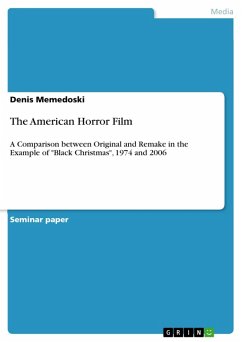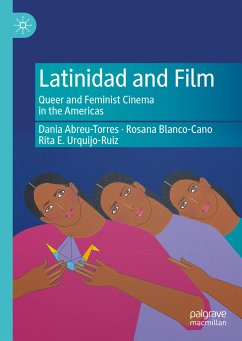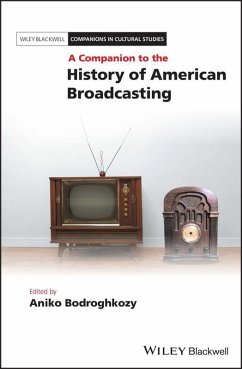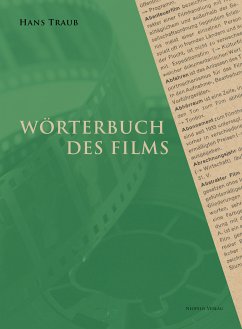
The American Horror Film (eBook, PDF)
A Comparison between Original and Remake in the Example of "Black Christmas", 1974 and 2006
Sofort per Download lieferbar
Statt: 17,95 €**
13,99 €
inkl. MwSt. und vom Verlag festgesetzt.
**Preis der gedruckten Ausgabe (Broschiertes Buch)
Alle Infos zum eBook verschenkenWeitere Ausgaben:

PAYBACK Punkte
0 °P sammeln!
Seminar paper from the year 2015 in the subject Film Science, grade: 1, University of Salzburg, language: English, abstract: Original and Remake - what are the differences, what are the similarities? What mattered then and what matters now? The American slasher film has many influences that need to be illustrated through the history of horror cinema, and to, furthermore, understand why a horror movie is apt to turn real life issues, sensitive topics and personal predicament into metaphors for the audience to watch in theaters or on their television screens at home. Alfred Hitchcock, Mario Bava...
Seminar paper from the year 2015 in the subject Film Science, grade: 1, University of Salzburg, language: English, abstract: Original and Remake - what are the differences, what are the similarities? What mattered then and what matters now? The American slasher film has many influences that need to be illustrated through the history of horror cinema, and to, furthermore, understand why a horror movie is apt to turn real life issues, sensitive topics and personal predicament into metaphors for the audience to watch in theaters or on their television screens at home. Alfred Hitchcock, Mario Bava, John Carpenter and Bob Clark (whose 1974 movie Black Christmas will be the main subject) have all influenced the horror film with their visionary direction, their addressing of sensitive subjects and the uniqueness of suspense-buildup in their films. Many filmmakers are influenced by the creative approaches the aforementioned directors took, referencing them, copying them, or even remaking their films. Movie remakes have always existed, as for instance, John Carpenter's remake of Christian Nyby's horror/sci-fi movie The Thing from another World (1951). However, looking back, remakes have not been as prominent as they are these days. The "remake craze" experienced a boost in 2008 and again in 2010 when thirteen remakes were released, respectively, to theaters in the United States. There are still remakes soon to be released and some soon to undergo production. The hows and whys might deduce from cultural and social changes. Most remakes do well in theaters, audiences do not seem to mind to have the same story retold to them with flashier visuals; and movie production companies, of course, welcome the remake trend. To them it is less of a risk to remake than to try out and maybe fail at the box office with introducing a new franchise. Since audiences do not seem to mind (and the box office numbers encourage this opinion, see Figure 5), production companies are going to play it safe.
Dieser Download kann aus rechtlichen Gründen nur mit Rechnungsadresse in A, B, BG, CY, CZ, D, DK, EW, E, FIN, F, GR, HR, H, IRL, I, LT, L, LR, M, NL, PL, P, R, S, SLO, SK ausgeliefert werden.













